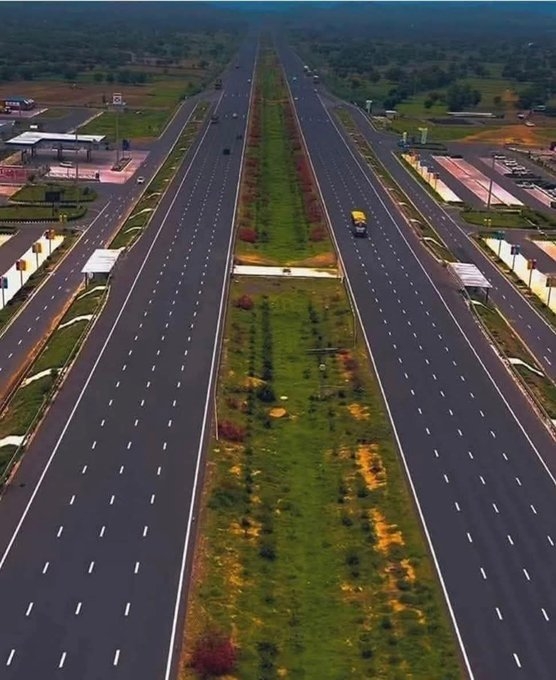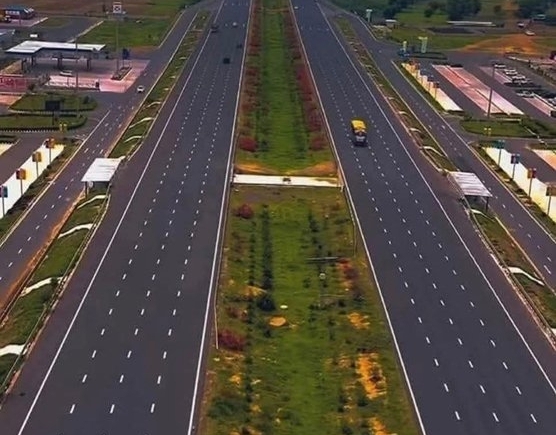In trying to explain the realities of any economic sector, it is often useful to start with an analysis of the key statistics relating to that sector.
For the tea sub-sector, this means that you must delve into the latest statistics provided by the International Tea Committee and other equally reputable sources of data.
According to the ITC Annual Bulletin of Statistics 2023, by the end of 2022, Kenya had 276,258 hectares under tea with 163,200 hectares being under smallholder farmers. This worked to about 59 per cent of the tea-planted area in Kenya.
In the recently published Kenya Tea Industry Performance Highlights for 2023 by the Tea Board of Kenya, out of the 570 million kilogrammes of tea produced, 278 million kilogrammes were produced by smallholder farmers, which is 49 per cent of the entire national production.
The planted acreage is unlikely to have changed much between 2022 and 2023, suggesting lower productivity among smallholders as compared to the plantations.
But one should hasten to add that Kenya's tea productivity compares favourably with its peers. According to the ITC Bulletin of Statistics 2023, Kenya’s annual average tea productivity was 2,007 kg/ha between 2020 and 2022, compared to India (2,095 kg/ha), Sri Lanka (1,037 kg/ha), Indonesia (1,116 kg/ha) and China (946 kg/ha).
The higher productivity realised by the plantations could be attributed to plucking modalities (a business model of not strictly adhering to two leaves and a bud) and the availability of in-house research and resources to replant with more productive and higher-quality tea bushes. They also enjoy higher levels of efficiency in logistics, as well as higher financial and infrastructural capacities.
The Tea Act 2020 defines a small-scale tea grower as a grower cultivating tea in a parcel of land of less than ten acres.
While Kenya is the leading exporter of black CTC tea, with total export earnings growing over the years, the cost of production has been ballooning, eating into the smallholder farmers' earnings. Prices at the market have also been declining or just stagnated in dollar terms, with 2023 suffering a decline to $2.24/kg from $2.49/kg in 2022.
Past Kenya tea industry performance reports by the Tea Board of Kenya reveal continuous planted area growth of about four per cent annually among the smallholders, with a 6.6 per cent annual production growth.
This growth is projected to continue especially with ongoing policy initiatives aimed at raising productivity among the smallholders, including subsidised fertiliser, improved extension services and replacing old bushes with more productive ones.
The flip side of this growth in output is some increased downward pressure on market prices (due to glutting) unless value addition and marketing are scaled up.
According to the Tea Taskforce 2021 Final Report, on average, one hectare (2.5 acres) among smallholders fetches Sh467,630 in the East of Rift and Sh249,594 in the West. Expenditures average 48 per cent (of total revenues), leaving net margins of Sh257,500 (55 per cent) and Sh86,936 (35 per cent) in the East and West, respectively. Gross margins vary significantly from one county to another, from a high of 69 per cent in Kirinyaga, dropping down to 42 per cent in Trans Nzoia.
Labour and fertiliser constitute the highest cost components, accounting for 80 per cent and 13 per cent respectively. This partly justifies the need for policy intervention in lowering labour costs such as the adoption of alternative technologies like machine plucking.
It also explains why the impact of the ongoing fertiliser subsidies on the cost of production has been minimal. If machine plucking is adopted, there is a likely drop in quality that some experts have argued to be insignificant if appropriate processing systems are employed. My view, and recommendation, is to insist on manual plucking only when there is an assured market for the likely premium quality tea from such plucking with assured commensurate high prices.
We owe it to the smallholder tea farmers to explore all possible ways to help them generate better incomes.
Kenya has a reputation as a hub for technological innovation. Some of these innovators should turn their attention to this crucial challenge, as it’s about time we leveraged technology to improve the incomes of tea farmers.












